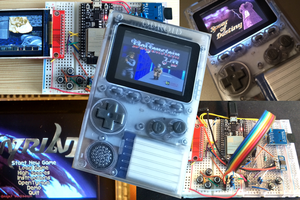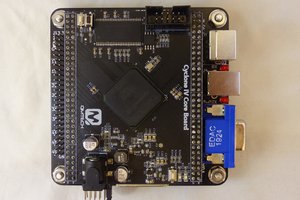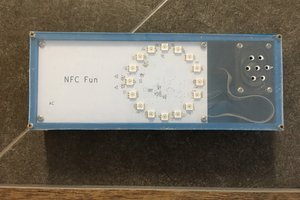To speed up the development I started with an MPLAB XPRESS evaluation board (DM164140) which sports a PIC16F18855 with much more Flash and RAM than needed (16K/2K) and the latest and greatest peripherals, but most importantly a mikroBUS connector where I could attach the micro_SD Click board. I plan to make the analog output available on the PWM pin of the same connector , where I eventually will solder an audio jack.
WAV-1K
An SD card reader and WAV file player in 1KB of code.
 lucio
lucio
 Jason
Jason

 land-boards.com
land-boards.com
 CircuitMonster
CircuitMonster